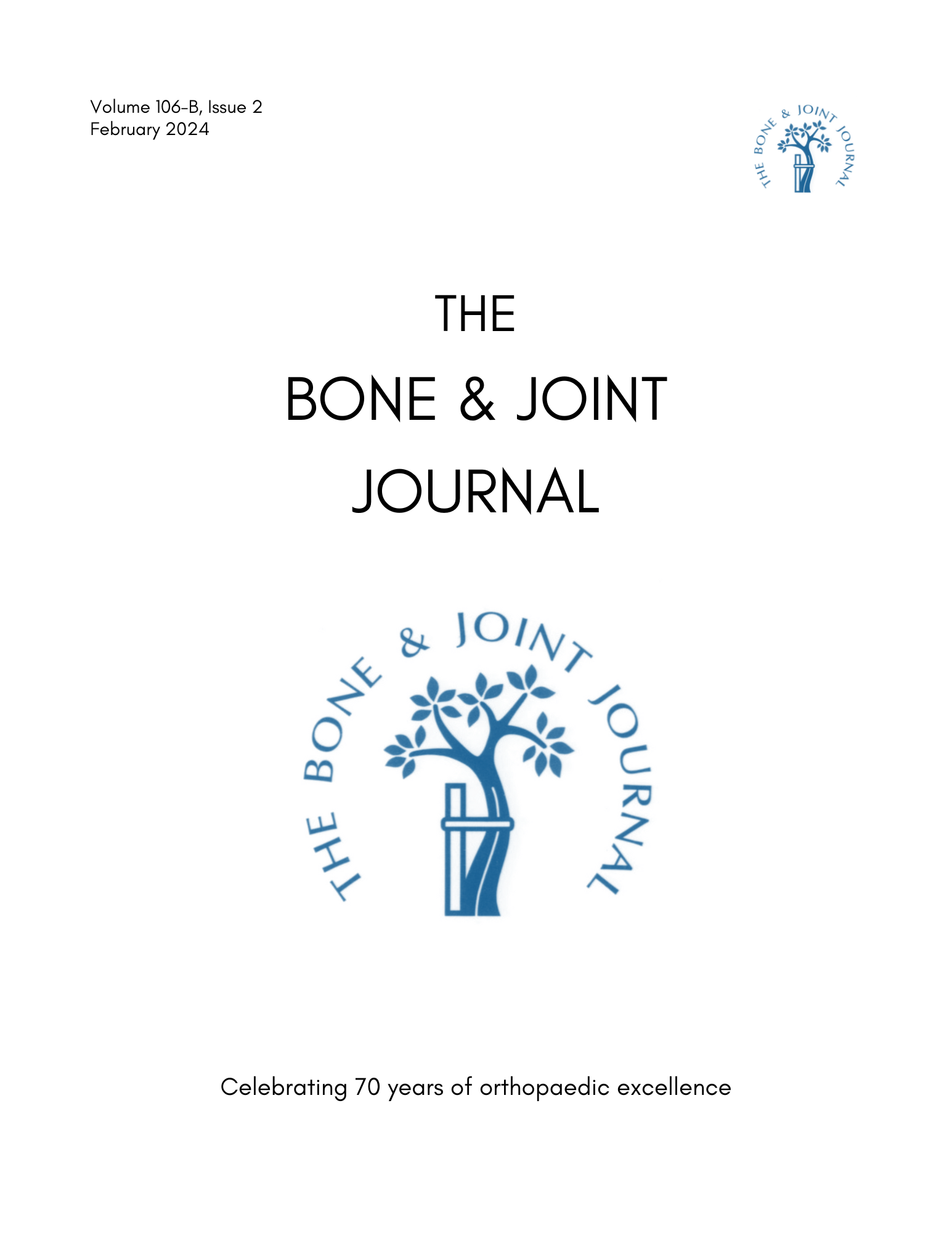
Extended prophylaxis with semuloparin reduces VTE after hip fracture surgery

Extended prophylaxis with semuloparin reduces VTE after hip fracture surgery
Extended venous thromboembolism prophylaxis in patients undergoing hip fracture surgery - the SAVE-HIP3 study
Bone Joint J. 2013 Apr 1;95-B(4):459-66. doi: 10.1302/0301-620X.95B4.30730Did you know you're eligible to earn 0.5 CME credits for reading this report? Click Here
OE EXCLUSIVE
Dr. Fisher discusses extended venous thromboembolism prophylaxis in patients undergoing hip fracture surgery
Synopsis
Following a 7-10 day open label run-in phase which studied the safety and efficacy of prophylaxis with semuloparin, 469 patients were randomized in a 2:1 ratio to a 19-23-day long treatment of either semuloparin or a placebo in a double blind phase. 23 days after the end of treatment, the semuloparin group had a 79% relative risk reduction in the rate of any venous thromboembolism or all-cause dea...
To view the full content, login to your account,
or start your 30-day FREE Trial today.
FREE TRIAL
LOGIN
Forgot Password?
Explore some of our unlocked ACE Reports below!

Learn about our AI Driven
High Impact Search Feature
Our AI driven High Impact metric calculates the impact an article will have by considering both the publishing journal and the content of the article itself. Built using the latest advances in natural language processing, OE High Impact predicts an article’s future number of citations better than impact factor alone.
Continue



 LOGIN
LOGIN

Join the Conversation
Please Login or Join to leave comments.